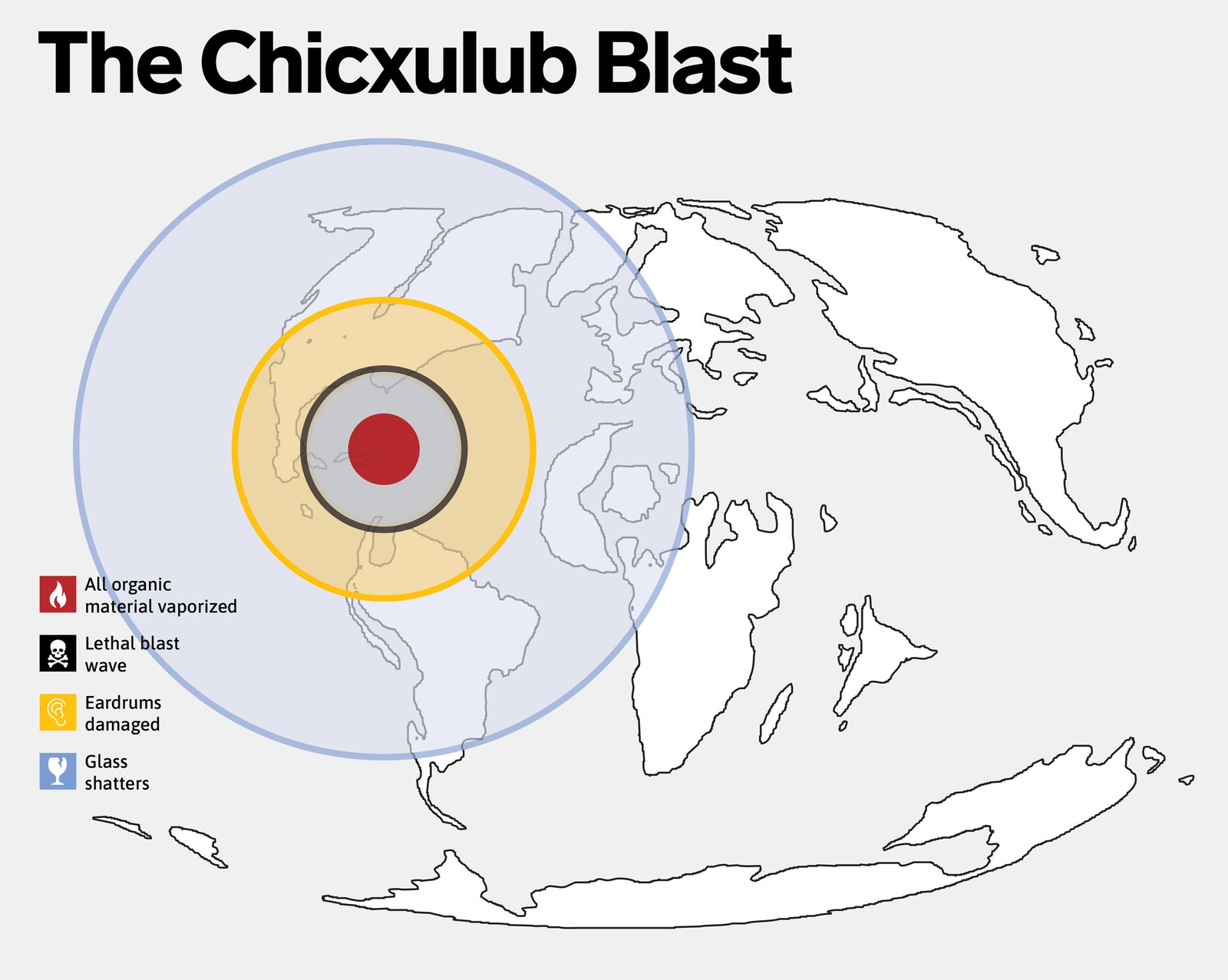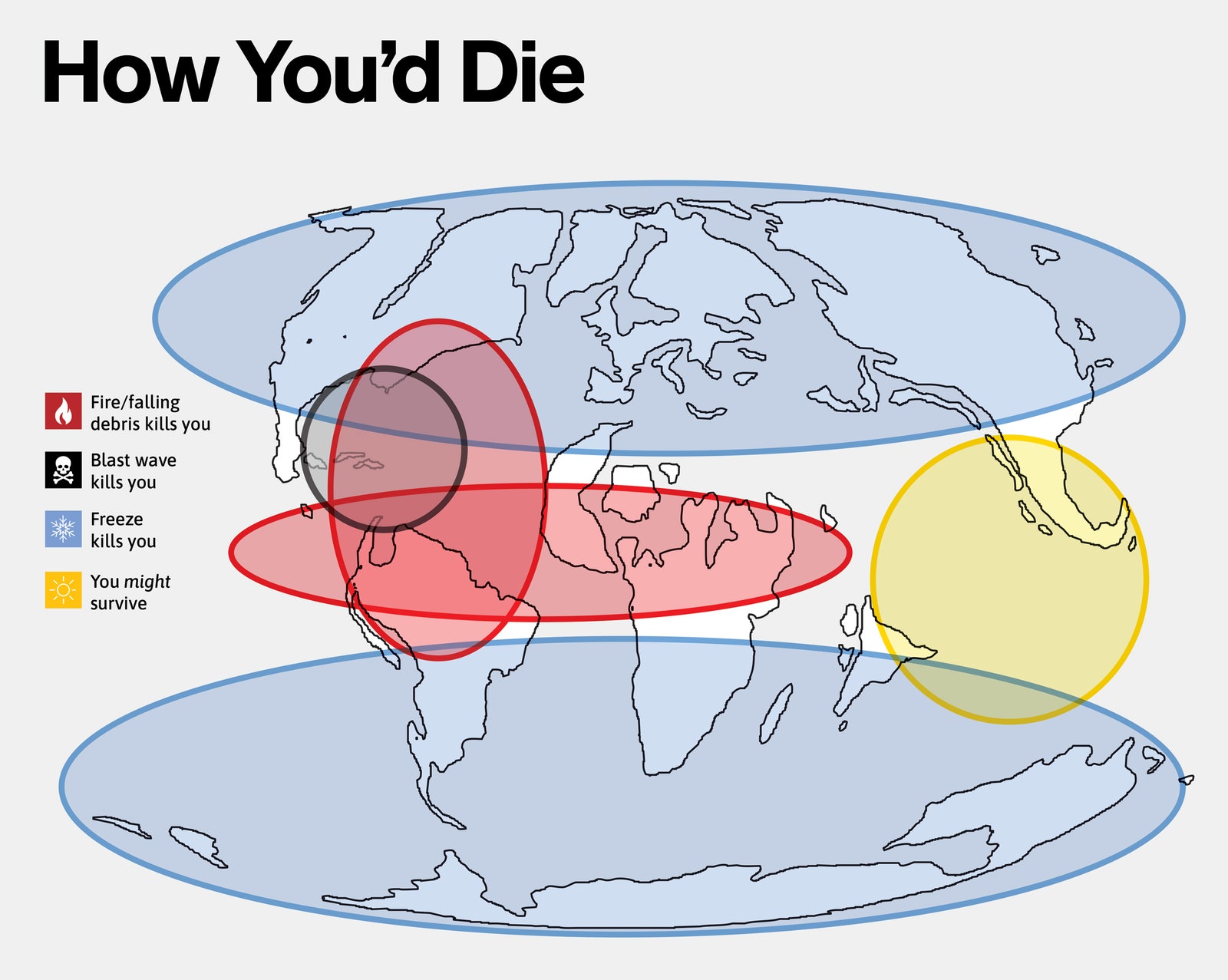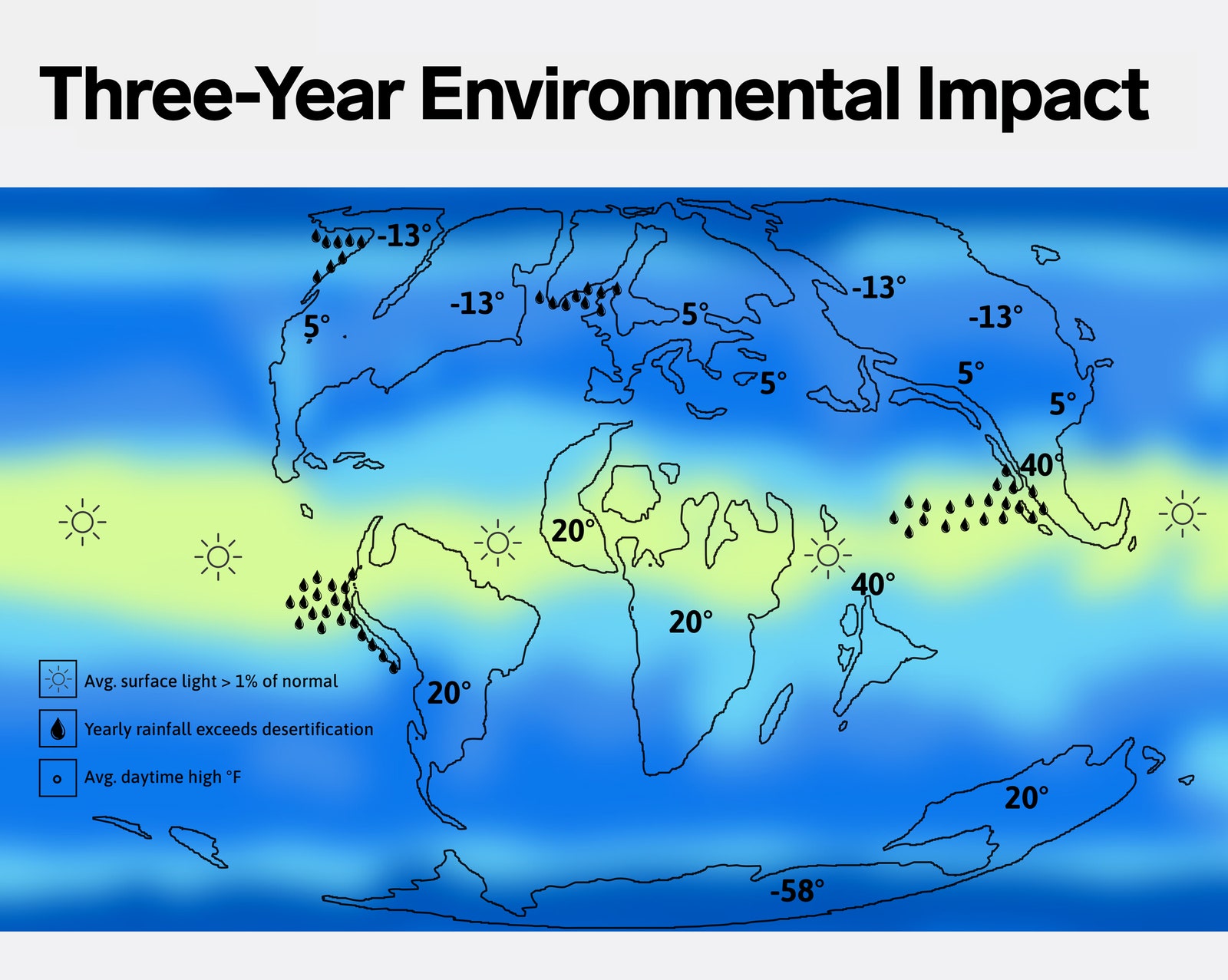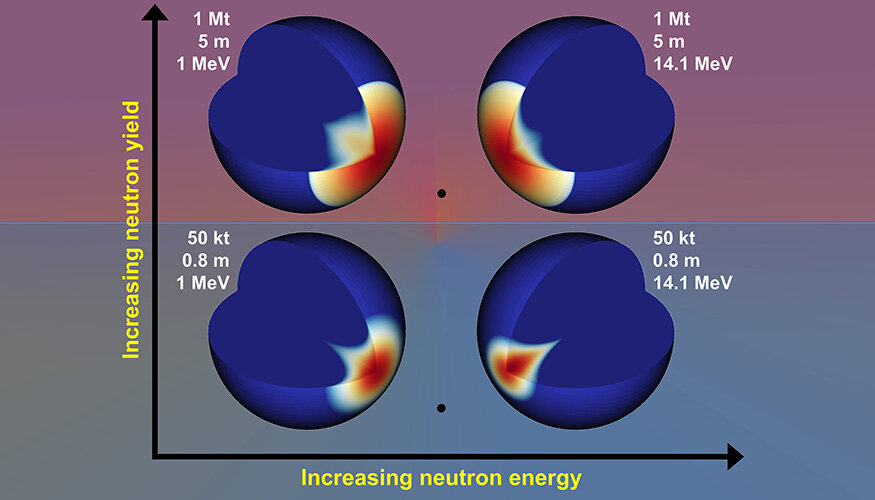Winston
Lorenzo von Matterhorn
- Joined
- Jan 31, 2009
- Messages
- 9,560
- Reaction score
- 1,749
Nice description in the article of the hell on Earth experience way back then:
How to Survive a Killer Asteroid
The impact that wiped out the dinosaurs would probably have killed you too—unless you were in the exact right place and had made the exact right plans.
https://www.wired.com/story/how-to-survive-a-killer-asteroid
Excerpt:
The star won’t flash, flare up, or blaze across the horizon. It will appear as stationary and as twinkly as all the others. But look again a few hours later and you might think this new star seems a little brighter. Look again the next night and it will be the brightest star in the sky. Then it will outshine the planets. Then the moon. Then the sun [??? - W]. Then it will streak through the atmosphere, strike the earth, and unleash 100 million times more energy than the largest thermonuclear device ever detonated. You’ll want to pack up your tent before then. And maybe move to the other side of the planet.
If you make camp on the right continent, in the right environment, and you seek out the right kind of shelter, at the right altitudes, at the right times, you might stand a chance, says Charles Bardeen, a climate scientist at the National Center for Atmospheric Research who recently modeled the asteroid’s fallout for the Proceedings of National Academy of Sciences. Of course, even if you are on the opposite side of the world at the time of impact—which is the only way you can hope to make it out alive—he recommends you act quickly. As soon as you hear its sonic boom (don’t worry—you’ll be able to hear it from the other side of the world), get yourself to high ground and find underground shelter. Immediately.
You might think this sounds a bit alarmist. If you’re on the opposite side of the world—which you should be—why do you need to duck and cover from a city-sized rock landing 10,000 miles away?



On transient climate change at the Cretaceous−Paleogene boundary due to atmospheric soot injections
https://www.pnas.org/content/pnas/114/36/E7415.full.pdf
My sample of that event:

How to Survive a Killer Asteroid
The impact that wiped out the dinosaurs would probably have killed you too—unless you were in the exact right place and had made the exact right plans.
https://www.wired.com/story/how-to-survive-a-killer-asteroid
Excerpt:
The star won’t flash, flare up, or blaze across the horizon. It will appear as stationary and as twinkly as all the others. But look again a few hours later and you might think this new star seems a little brighter. Look again the next night and it will be the brightest star in the sky. Then it will outshine the planets. Then the moon. Then the sun [??? - W]. Then it will streak through the atmosphere, strike the earth, and unleash 100 million times more energy than the largest thermonuclear device ever detonated. You’ll want to pack up your tent before then. And maybe move to the other side of the planet.
If you make camp on the right continent, in the right environment, and you seek out the right kind of shelter, at the right altitudes, at the right times, you might stand a chance, says Charles Bardeen, a climate scientist at the National Center for Atmospheric Research who recently modeled the asteroid’s fallout for the Proceedings of National Academy of Sciences. Of course, even if you are on the opposite side of the world at the time of impact—which is the only way you can hope to make it out alive—he recommends you act quickly. As soon as you hear its sonic boom (don’t worry—you’ll be able to hear it from the other side of the world), get yourself to high ground and find underground shelter. Immediately.
You might think this sounds a bit alarmist. If you’re on the opposite side of the world—which you should be—why do you need to duck and cover from a city-sized rock landing 10,000 miles away?



On transient climate change at the Cretaceous−Paleogene boundary due to atmospheric soot injections
https://www.pnas.org/content/pnas/114/36/E7415.full.pdf
My sample of that event:






